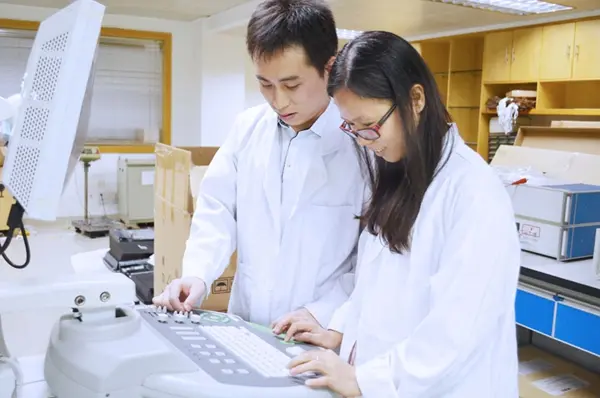
Biocompatibility Testing of Masks and Protective Clothing
China JJR Laboratory is an internationally accREDited laboratory compliant with ISO/IEC 17025 and ISO/IEC 15189, specializing in MICrobiological and medical testing.
It has extensive experience providing analytical and testing services for leading domestic and international manufacturers of masks and medical protective clothing.
China JJR Laboratory conducts ISO 10993 biocompatibility testing to ensure product safety and align with regULatory updates and international standards.

biocompatibility Testing for Medical Protective Clothing and Masks
What is Biocompatibility?
Biocompatibility refers to the ability of a biomaterial to interact with a host without causing adverse effects.
Since medical products vary in characteristics, functionality, and contact points with the human body, ISO 10993-1 categorizes medical devices based on:
- Site of contact (e.g., skin, mucous membranes)
- Duration of contact (e.g., short-term, long-term)
Masks and medical protective clothing are classified as "surface-contacting devices."
China JJR Laboratory offers biocompatibility testing for the composite materials used in these products, including the following tests:
1. In Vitro cytotoxicity test
Purpose: Detects toxic effects on cells.
- When cells are exposed to toxic substances, they may show:
- Altered morphology
- Vacuolization
- Membrane integrity disruption
- Cell detachment or death
- The MTT assay is used to evaluate cytotoxicity.
- Live cells convert the yellow MTT compound into blue formazan crystals, which are measured via absorbance readings to determine cell viability.
2. Skin Irritation Test
Purpose: Evaluates whether a medical device causes skin irritation.
- Test substances are applied directly or via an extracted solution onto rabbit skin using a patch.
- Observations are made to determine if irritation occurs.
Reference Standard: iso 10993-10 - Tests for Irritation and Skin Sensitization
3. Skin Sensitization Test
Purpose: Detects potential for contact allergies or delayed hypersensitivity reactions (Type IV hypersensitivity).
- Test materials are extracted and combined with adjuvants.
- Administered via:
- Intradermal injection
- Topical application
- Observations determine if allergic reactions occur.
Test Methods:
- Maximization Sensitization Test
- Closed Patch Test
Reference Standard: ISO 10993-10 - Tests for Irritation and Skin Sensitization
Antimicrobial Testing for Medical Protective Clothing and Masks
Purpose: Evaluates the antimicrobial and antifungal properties of materials.
Commonly Tested Microorganisms
- Staphylococcus aureus
- Escherichia coli
- PSEudomonas aeruginosa
- Aspergillus brasiliensis (Black Mold)
- Candida albicans
Standard Test Methods
Common methods include JIS, AATCC, ASTM, ISO, and CNS, each suited for different sample types.
Note: Some antimicrobial reports reference the USP 51 Preservative Challenge Test for Personal Care Products,
but this test is not applicable for evaluating antimicrobial efficacy of medical protective clothing and masks.
USP 51 Purpose: Evaluates whether preservatives in cosmetics or personal care products effectively inhibit bacterial growth during testing.
Not for: Medical protective clothing or mask antimicrobial assessment.
Email:hello@jjrlab.com
Write your message here and send it to us
 WEEE Registration for Waste Electrical &Electr
WEEE Registration for Waste Electrical &Electr
 MSDS Chemical Safety Testing
MSDS Chemical Safety Testing
 What Are the Differences Between UK REACH and EU R
What Are the Differences Between UK REACH and EU R
 E-Cigarette GB 41700 Compliance Testing
E-Cigarette GB 41700 Compliance Testing
 What Are the Testing Items of California Propositi
What Are the Testing Items of California Propositi
 E-Cigarette EU TPD Testing
E-Cigarette EU TPD Testing
 Testing Certification for E-cigarettes Exported to
Testing Certification for E-cigarettes Exported to
 What is Amazon US CPC Certification?
What is Amazon US CPC Certification?
Leave us a message
24-hour online customer service at any time to respond, so that you worry!




